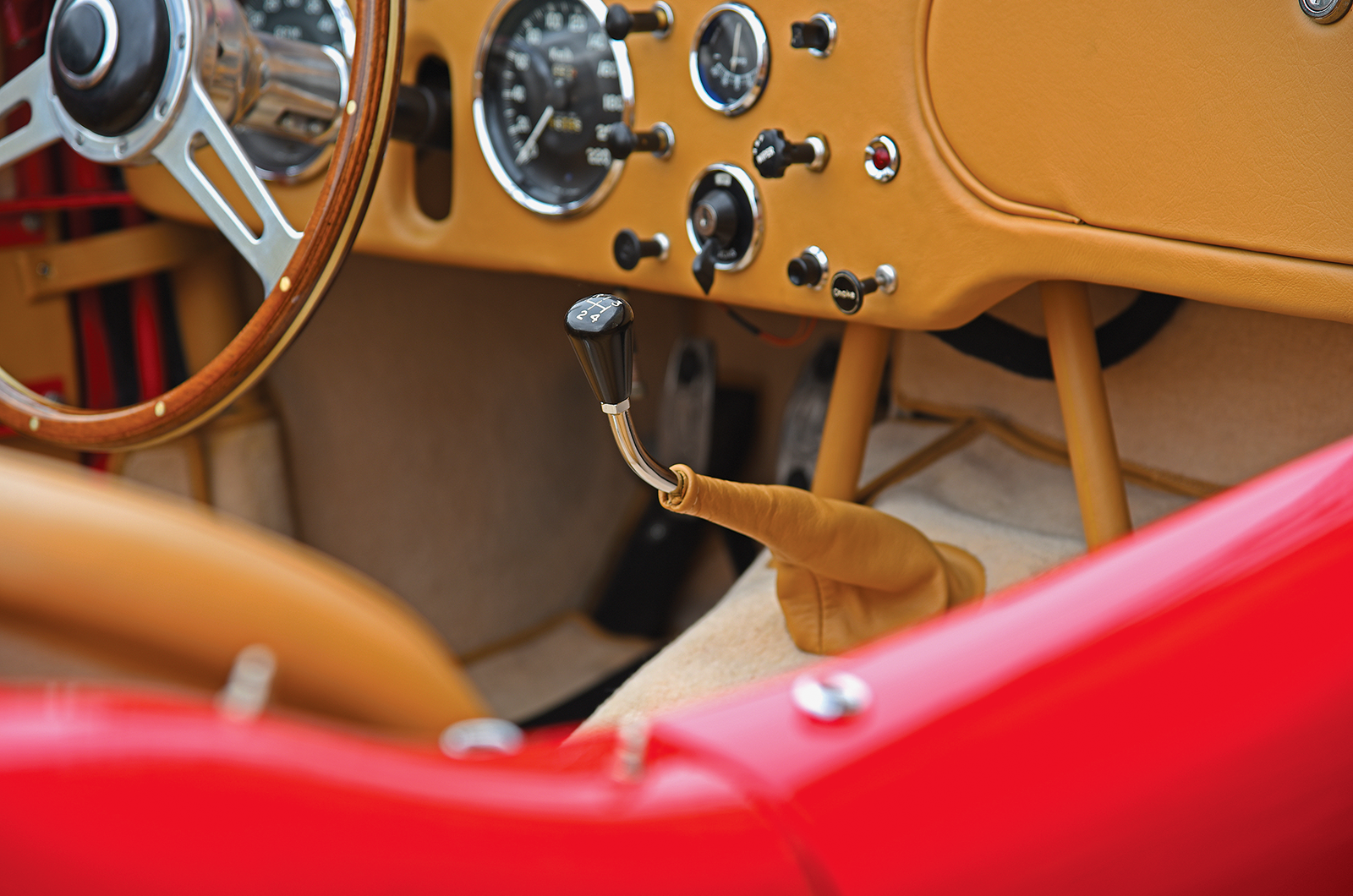
In his oversized peaked caps and self-aggrandising military garb, General Marcos Pérez Jiménez, President of Venezuela from 1952 to 1958, was your prototype dodgy mid-20th-century South American military dictator.
Short and tubby in appearance, his hobbies included embezzlement, election-rigging and ruthless suppression of anyone who questioned his regime.
All of which is pretty standard stuff for this turbulent part of the world.
And yet, looked at in its entirety, the legacy of Jiménez shows that nobody is all bad.

Three special-bodied AC Ace Bristols were built in German garage owner Karl Pentz’s workshop
In light of Venezuela’s subsequent history of military coups d’état and political assassinations, his years in power look almost stable: even the populist lefty Hugo Chávez, president from 1999-2013, is on record as thinking highly of Jiménez.
True, he reputedly lined his own pockets to the tune of $200m while in power, but ‘PJ’ also used Venezuela’s oil-producing wealth to develop the local economy with huge public infrastructure projects for roads, schools and hospitals.
And, like almost every other 20th-century despot from Mussolini onwards, Jiménez had an eye for fancy motor cars.

Triple Solexes top the Pentz AC Ace Bristol’s cross-pushrod straight-six engine





















